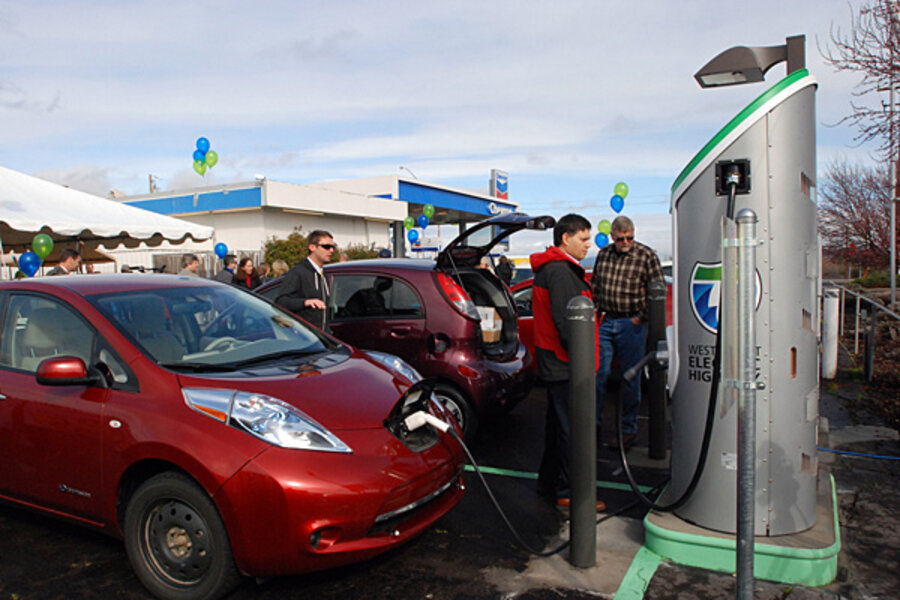Are California's electric-car charging stations too congested?
Loading...
Electric cars aren't evenly distributed across the U.S. By far the largest single market for them is California.
And in a sign of increasing adoption rates--there are now roughly 75,000 plug-in cars on the nation's roads--some electric-car drivers are facing a new problem.
Charging stations in public parking lots are now sometimes fully occupied, meaning they can't recharge their cars' batteries.
Photos on Facebook show rows of occupied charging stations, including at a Gilroy, Cailfornia, site where Tesla Model S owners can use the company's SuperCharger network of quick-charging stations adjoining a set of conventional 240-Volt Level 2 charging stations.
Last month analyst and Chevrolet Volt owner Anton Wahlman published an article on The Street warning that "charger congestion" could replace range anxiety as the latest concern for drivers.
"Sounds great to me," responded electric-car advocate Brad Berman in an article facetiously titled"There Are Too Many Electric Cars" on Plug-In Cars. "Bring it on."
Calling this so-called calamity "the best news I've heard in a long time," Berman writes:
This is exactly the “problem” we want to have. If the marketplace sees that there are not enough chargers for all the [electric cars], I’m confident that charging infrastructure companies, municipalities, and [electric car] organizations will jump in with more chargers.
Right now, there are approximately 10,000 public charging stations in the U.S. By the end of this year, that number could be as high as 50,000.
Berman also points out that only a minority of plug-in cars on the road are battery-electric vehicles that must recharge to travel.
The rest are plug-in hybrids or range-extended electric vehicles, both of which have gasoline engines that act as backups after the battery pack is depleted.
Already there's been some grumbling from battery-electric car owners about charging stations being "hogged" by plugged-in Chevrolet Volts or Toyota Prius Plug-In Hybrids.
But down the road, electric-car advocates expect that charging station networks will begin to offer "reservations" for future charging time slots.
That way, an electric car--knowing during a journey that its battery was becoming depleted--could ask the owner if it should make a reservation to recharge at a location near the route it was traveling on.
While that won't be ubiquitous for many years, it's the best way to allocate a scare resource fairly.
Whether battery-electric cars get priority over plug-in hybrids, of course, is a different question.
It's always a good idea to carry a plug-in car's 110-Volt charging cord, just in case.







